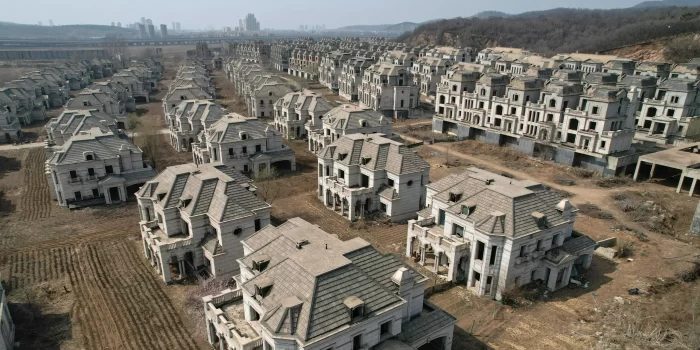Not too far off, our planet is about to experience a major shift that will leave behind a very different landscape from the one we know now. Nearly 30,000 communities in the United States alone are expected to undergo this transformation, which is being fueled by human endeavors and the unrelenting forces of climate change.
A recent study delving into the intricate dance of demographics and urban evolution predicts a staggering reality – almost half of these cities are on the brink of a population decline, losing between 12 to 23 percent of their residents by the year 2100. The forecast paints a picture of communities morphing into fractured, thinning, or sprawling entities as people shift within and between cities. While not all will become ghost towns, the impending changes pose formidable challenges unless local authorities respond and adapt swiftly.

The repercussions of such a massive population decline are far-reaching, potentially disrupting basic services such as transit, clean water, electricity, and internet access. Neglected infrastructure in shrinking towns might mirror the woes experienced by Jackson, Mississippi, in 2021, where clean water became a scarce commodity. The ripple effect could extend to grocery stores closing their doors, creating food deserts in neighborhoods experiencing population decline.
Uttara Sutradhar and her colleagues at the University of Illinois at Chicago initially set out to examine transportation challenges in Illinois. However, their findings now point to a pressing need for a cultural shift in planning and engineering communities. The current growth-based planning paradigm needs to give way to strategies capable of accommodating the dramatic demographic shift that looms on the horizon.

Globally, the study hints at a broader trend, where octogenarians may outnumber under-5s by two to one by the century’s end. Approximately 183 out of 195 recognized countries could slip into population retrograde, with fertility rates falling below replacement levels. Yet, amidst this global narrative, each city charts its own trajectory, navigating unique climatic and population changes. Hence, a plea for localized planning resonates – a plea to build resilient communities that can weather the storms of the future, be they natural or demographic.


